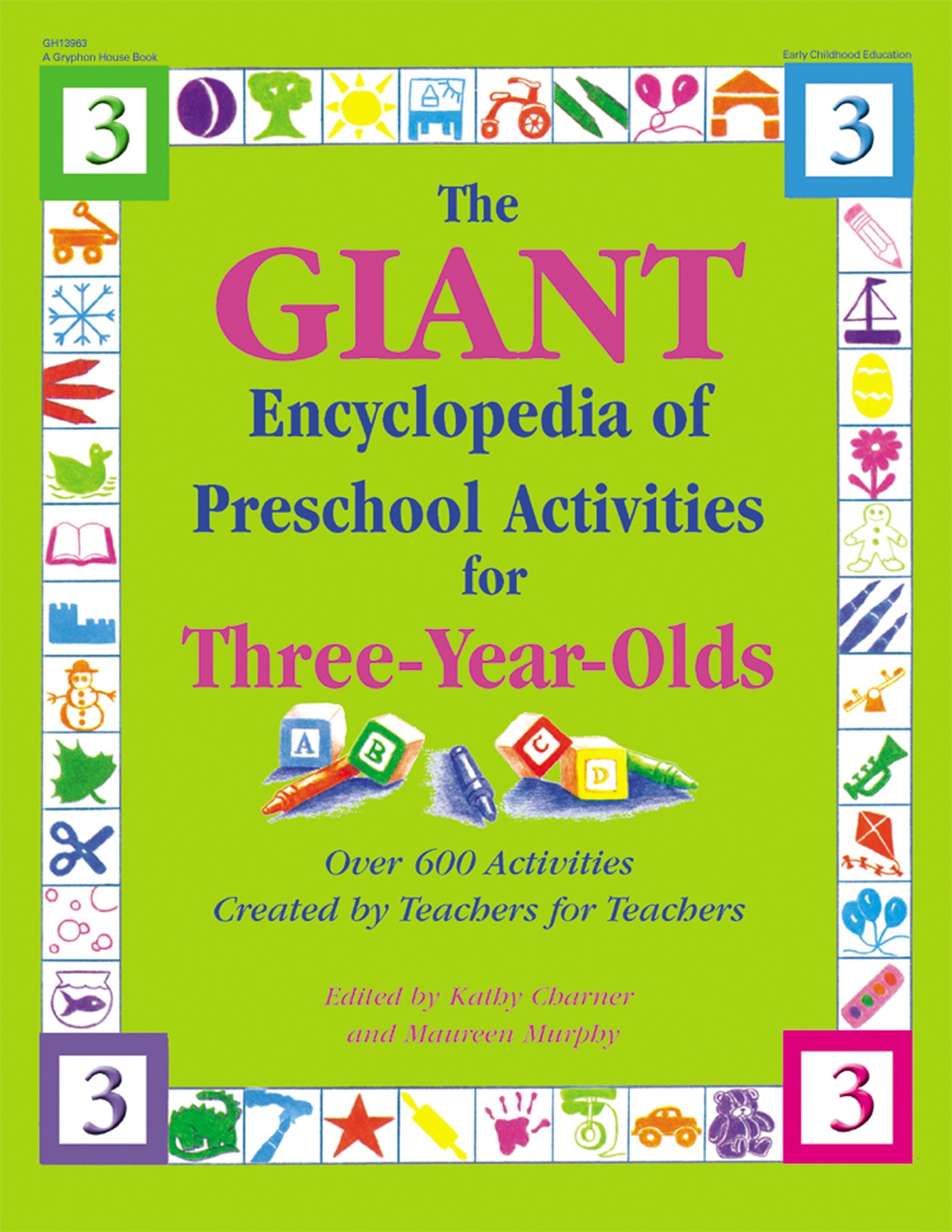Materials
Children's books
Bear Shadow by Frank Asch
Big Dog Little Dog by P. D. Eastman
A Color of His Own by Leo Lionni
The Ear Book by Al Perkins
Fox Eyes by Margaret Wise Brown
From Head to Toe by Eric Carle
Good Night, Owl by Pat Hutchins
Hand, Hand, Fingers, Thumb by Al Perkins
Happy and Sad, Grouchy and Glad by Constance Allen
Happy Birthday Moon by Frank Asch
I Can Do It Myself by Emily Perl Kingsley
In a People House by Theo Le
Seig
It Wasn't My Fault by Helen Lester
It's My Birthday by Helen Oxenbury
Leo the Late Bloomer by Robert Kraus
Madeline by Ludwig Bemelmans
Milton the Early Riser by Robert Kraus
Mop Top by Don Freeman
The Napping House by Audrey Wood
The Nose Book by Al Perkins
Pigby Pig Grows Up by David Mc
Phail
Places I Like to Be by Evelyn M. Andre
Quick as a Cricket by Audrey Wood
The Runaway Bunny by Margaret Wise Brown
Running Away from Home by Nigel Gray
Teddy's Ear by Niki Daly
Thank You Henrietta by Niki Daly
Things I Like to Do by Beth Clure
Titch by Pat Hutchins
When Bunny Grows Up by Patsy Scarry
The Wobbly Tooth by Nancy Evans Cooney
The Wonderful Tree House by Irene Schultz
Instructions
1. Give the children small bags or boxes and go outside with them. Encourage
them to collect items such as stones, fallen leaves, wood, and old plastic
items. (Each child should collect more than one item.)
2. Back in the room, ask the children to sit in a circle on the floor and put their
items in front of them.
3. Look at each one and talk about it with the children using comparative
words. For example, "This stone is smooth. That stone is rough."
4. Encourage the children to touch each one and feel the difference as you say
the words.
5. Other comparative words to use are large, small; new, old; used, new; shiny,
dull; thick, thin; and soft, hard.
More to do
Art: Encourage the children to draw items that are large and small. Use materials
that are rough or smooth to make collages.
Movement: Encourage the children to demonstrate with their hands and arms
things that are large and small, thick and thin, and soft and hard. For example,
ask if a house is big or little. Then ask them, "How big?" They will stretch their
arms as wide as they can.
Snack: Ask the children to describe the food they eat (for example, soft, hard,
thick, and thin).
